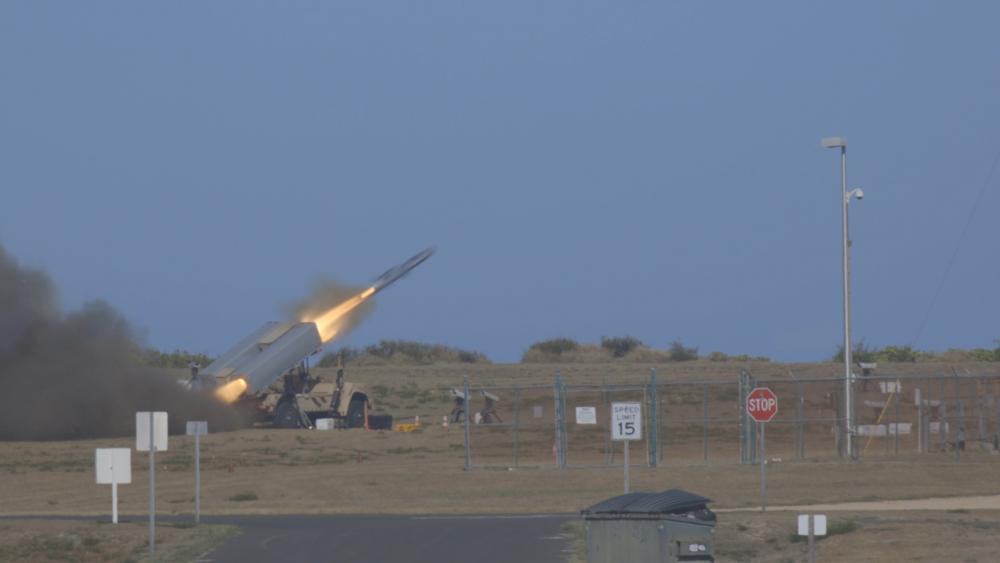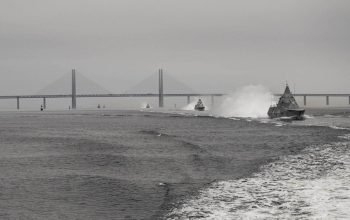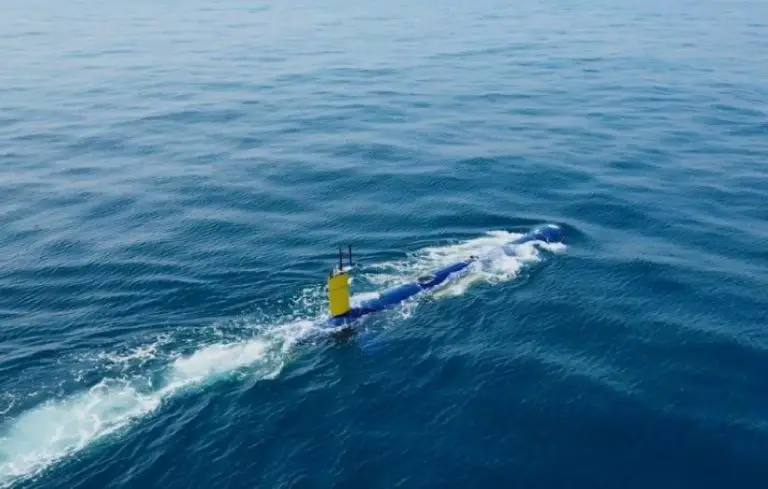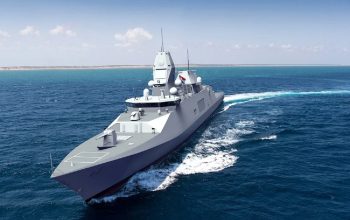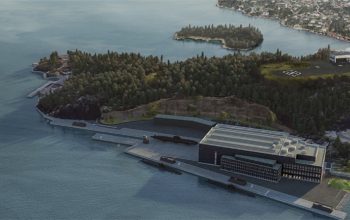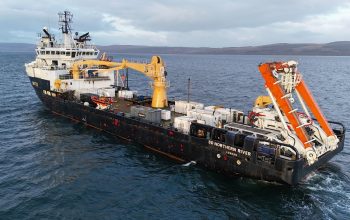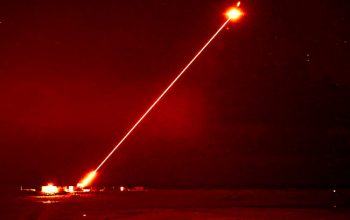The Navy/Marine Corps Expeditionary Ship Interdiction System (NMESIS) successfully hit its target in support of Marine Corps Forces, Pacific, during Large Scale Exercise 21 Aug. 15, 2021. The exercise showcased the U.S. maritime forces’ ability to deliver lethal, integrated all-domain naval power. LSE 21 was a live, virtual and constructive scenario-driven, globally-integrated exercise with activities spanning 17 time zones. LSE 21 applied and assessed developmental warfighting concepts that will define how the future Navy and Marine Corps compete, respond to crises, fight and win in conflict.
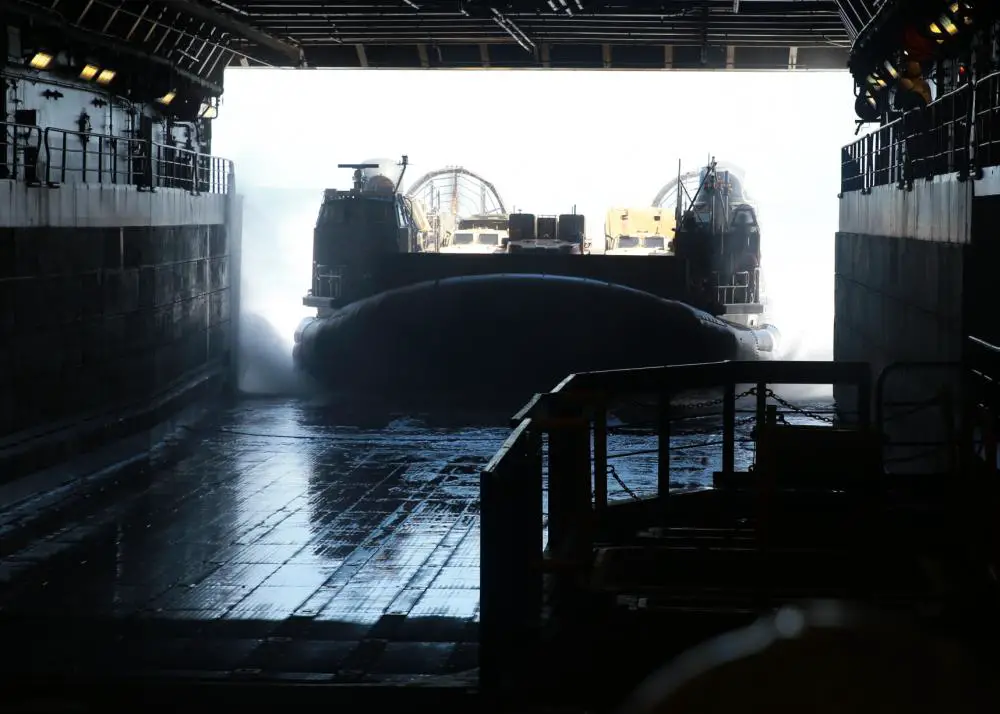
The Marine Corps’ NMESIS will provide theMarine Littoral Regiment (MLR) with ground based anti-ship capability to facilitate sea denial and control while persisting within the enemy’s weapons engagement-zone, and Large Scale Exercise 21 provided a venue for the program team to validate some of those concepts. This scenario is representative of the real-world challenges and missions the U.S. Navy and Marine Corps will be facing together in the futureThis exercise also provided an opportunity for us to work alongside our service partners to refine Force Design 2030 modernization concepts.
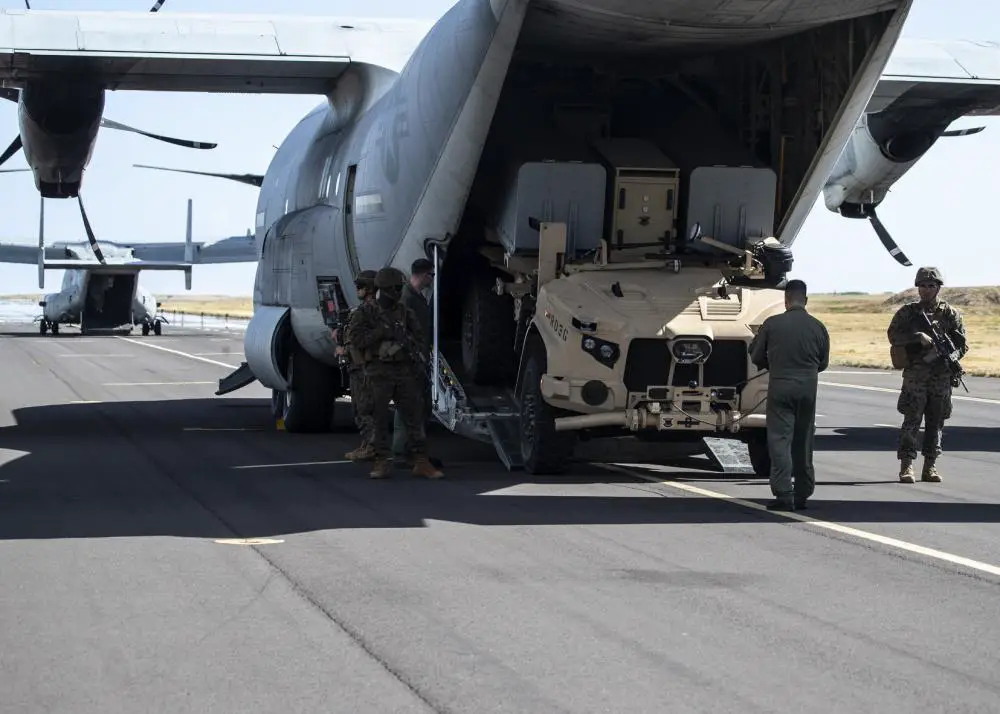
SINKEX, the exercise scenario involving NMESIS, provided a testing environment for new and developing technologies to connect, locate, identify, target and destroy adversary threats in all domains, culminating in the live-fire demonstration of the naval strike missile against a sea-based target. During the exercise, forward-deployed forces on expeditionary advanced bases detected and, after joint command and control collaboration with other U.S. forces, responded to a ship-based adversary. Simultaneous impacts from multiple, dispersed weapons systems and platforms across different U.S. services—including NMESIS—engaged the threat.
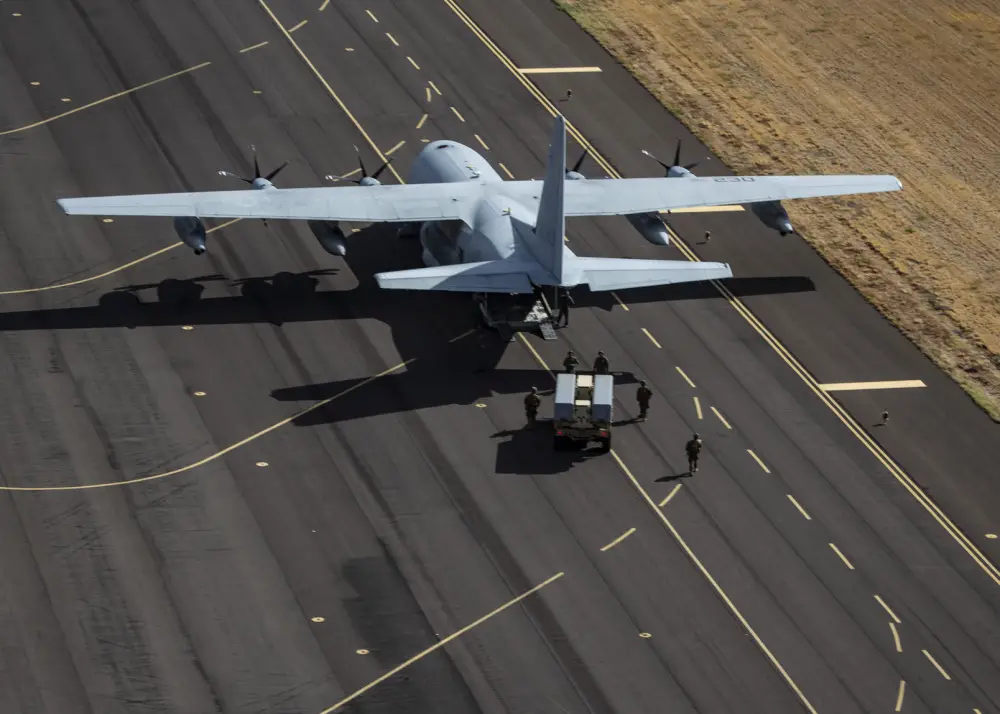
NMESIS integrates established, proven sub-systems, such as the Joint Lightweight Tactical Vehicle Chassis, the Naval Strike Missile and the Fire Control System used by the Navy for NSM. Because NMESIS is not yet a fielded capability, engineers from MCSC managed the fire control piece of the system during the exercise. Marines, however, were able to practice maneuvering the system and validating the system’s interoperability with their Naval and Air Force partners. In addition to the two live fire shots that hit the target, we also successfully deployed the system aboard the Marine Corps’ primary transport systems, the C130 and LCAC.
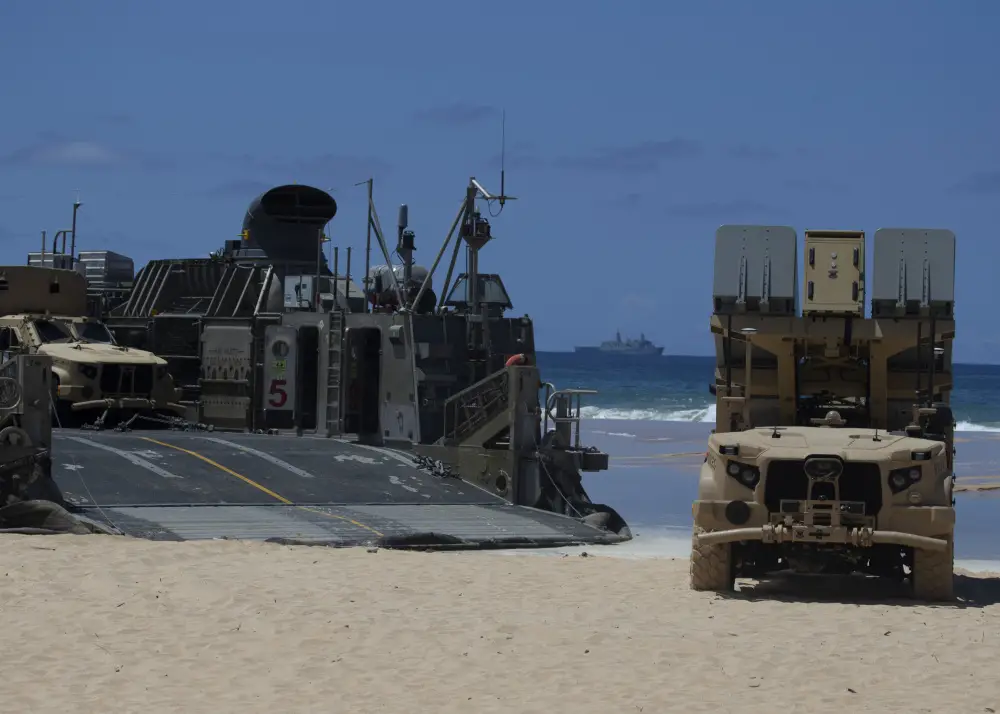
“This exercise gave us an opportunity to not only measure, but also validate the concepts for [the Marine Corps’] anti-ship capability, which is one of the most important avenues of the Commandant’s Force Design 2030,” said Lieutenant Col. Ryan Collins, combat integration office for artillery and fires at Marine Corps Combat Development Directorate, Combat Development and Integration. “I think the successful launches of the missile will help us clarify the path forward as we move to fulfill the Commandant’s 2030 vision, and giving the Marine Corps a transformative anti-ship capability.”
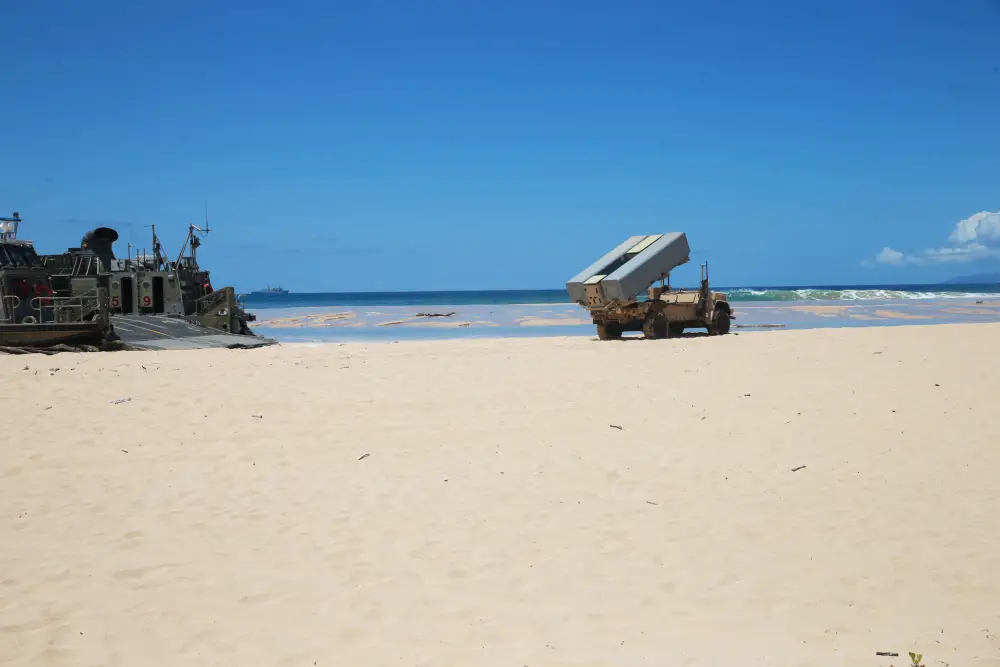
Though not associated with its program development, the NMESIS transportability and mobility demonstration serves an important role in developing tactics, techniques and procedures related to this critical capability. MCSC is developing and fielding new anti-surface warfare weapons capabilities, including NMESIS, on pace to support Force Design 2030 objectives. These new capabilities contribute to the Fleet’s ability to achieve sea control, sea denial and defense against adversary amphibious force missions. Exercises such as LSE 21 increase maritime interoperability and the ability to project American power at home and around the world.
